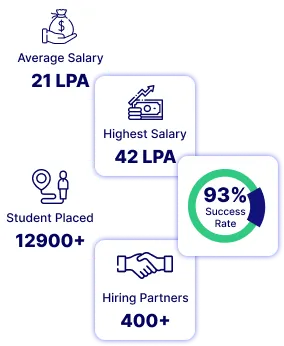The transportation business is responsible for people and products' safe and efficient movement. Analytical capabilities in transportation are being bolstered by advancements in transportation technology such as traffic sensors, electronic access, mobility management, and monitoring display systems. According to Markets & Markets, the worldwide market for Transportation Analytics is estimated to reach $27,4 billion by 2024.
Numerous cities have recently implemented multi-modal transportation, which makes it possible to move seamlessly among various forms of public transit such as buses, bicycles, trains, and airports, as well as personal automobiles. The proliferation of data sources like cameras, GPS, and geo-location as a result of technology improvements necessitates the systematic collecting of data for a multi-modal transportation system.
This complex data ecology must be considered while analyzing the transportation business. Predictive analytics, one of the most sophisticated data analysis methods, may be used by the transportation sector to improve efficiency, save costs, and provide a better experience for passengers.
Use of Data Science in the transportation industry
Transport authorities throughout the globe feel that real-time data may assist them in locating the most excellent alternative to move from one place to another. Organizations may use predictive analytics instead of relying on historical data to get the best potential outcome.
Transportation organizations may use transit data to understand better the impact of unexpected occurrences, such as a strike or maintenance work. Traffic, accidents, or vehicle breakdowns may be seen and predicted by transportation organizations. They can then recommend the most effective solutions.
An alternate project may be identified without impeding mobility using predictive analytics, which can assess the effect of different development initiatives.
Analyzing the Segment-wise Analysis of Multimodal Transportation
The segment-by-segment analysis is crucial as multi-modal transportation grows. Roads, trains, rivers, and airways are the most common forms of transportation in the United States. Investigate the application of research in each of the following areas:
Roadways
There are several advantages of using analytics for highways, one of the most frequently utilized transportation routes.
Management of Road Safety
Accidents may be studied with the use of cutting-edge data. They may use this information to construct Prognostication Crash Maps (as shown in the illustration), evaluating the data and identifying high-risk locations for an accident. Using these maps, authorities may issue warnings and take preventative measures at these sites.
Control of Vehicles on the Road
We can learn a lot about how various road designs affect driving by tracking how cars move, how fast they go, and how often they change lanes. The information may improve traffic management and identify congestion in the road network that needs to be addressed in future infrastructure projects. The same is observed below-
Control of Train Traffic
When it comes to big data analytics, railroads have various options. Automated scheduling and planning, network development, and ticket handling are just a few of the train industry's many use cases for AI. Several sources of data may help us gain an edge, including the passenger operating system, reservation system, security cameras, and repair depots. RTIS, NTES, and COA are just a few instances of data analytics in action.
Management of airspace
Long lines at security checkpoints are a significant source of frustration for flying travellers. By gaining access to the traveller data, sophisticated analytics can provide airport staff with a clear picture of when security checkpoints are busiest. AI-enabled machine learning can offer prediction models over time, which the airport may use to improve its strategy and resource allocation.
Tracking of Ships and Improvement of Shipping Routes
One of the most critical aspects of flawless planning and execution is ship monitoring. Vessel sensors, weather station data, and satellite feeds are all technologies that may help improve ship performance. Machine learning may be used to answer the following questions about the wide variety of data:
The transportation business, particularly the multi-modal transportation system, may benefit from the use of analytics and needs data scientists in the transportation sector. Even while technology advances and data is always flowing, several issues must be addressed to get the most out of the information.
The IoT Academy fills in as the best place for Data science aficionados who need to investigate top to bottom with regards to its connected elements. With devoted mentors at work, you can focus on a truly amazing job with unlimited potential outcomes. 





